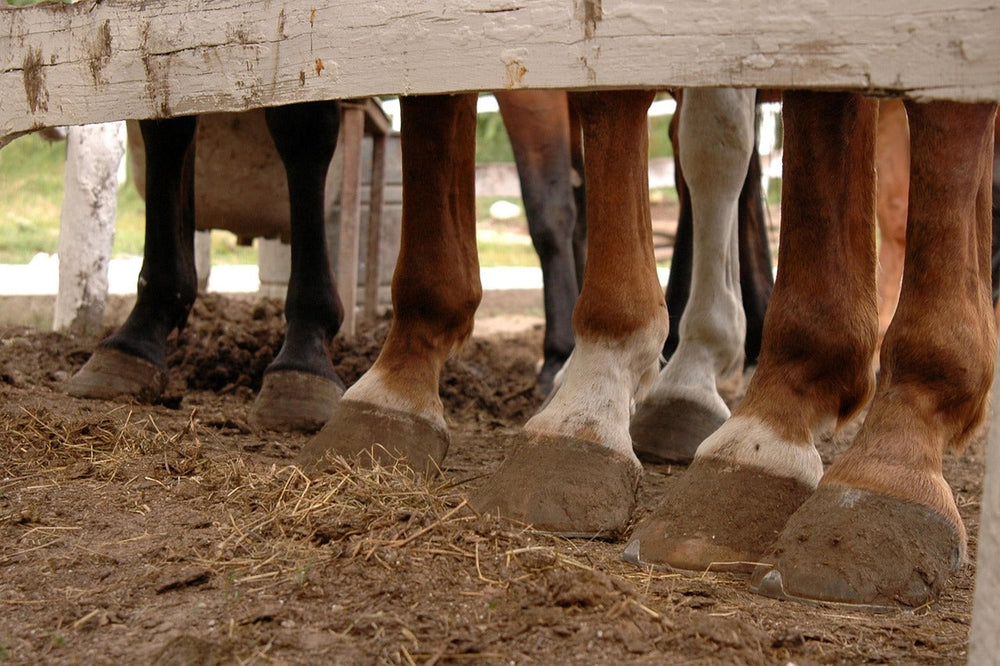Tips for Building Wooden Fences
When planning fences that are partially or entirely made of wood, the best choice for fence post material is durable, rot-resistant, and pressure-treated wood. For example, larch is naturally rot-resistant and requires no additional treatment. It is very durable and weather-resistant.
Pressure-treated pine (AB or A-grade) is affordable and readily available. Pine offers good weather and rot resistance, but it may crack over time. Ensure that the treatment is suitable for structures in contact with the ground (A-grade).
✔ Use posts with a diameter of at least 10 cm. ✔ Post length should be at least 2–2.5 m for secure installation in the ground. ✔ Unpeeled or rough-surfaced wood provides better grip for fences. ✔ Use pressure-treated or naturally rot-resistant wood, or metal fittings for the parts installed in the ground.
Biohansa’s treated and sharpened fence posts come with a 15-year guarantee. Posts are available in various diameters and heights, made from A-grade round treated wood, pine or spruce. Treated according to HC4 or NTR-A standards, FSC 100% certified.
These posts are also suitable for building enclosures for smaller domestic animals when combined with fencing wire.
Building fences and enclosures for horses and other animals carefully from the start is the most cost-effective approach. Regular maintenance simplifies upkeep and reduces the need for extensive spring cleaning. Good winter maintenance also speeds up spring cleanup, making the enclosures more pleasant for both horses and stable staff.
Subscribe to Biohansa’s newsletter to receive information about new products and relevant topics directly to your email!







